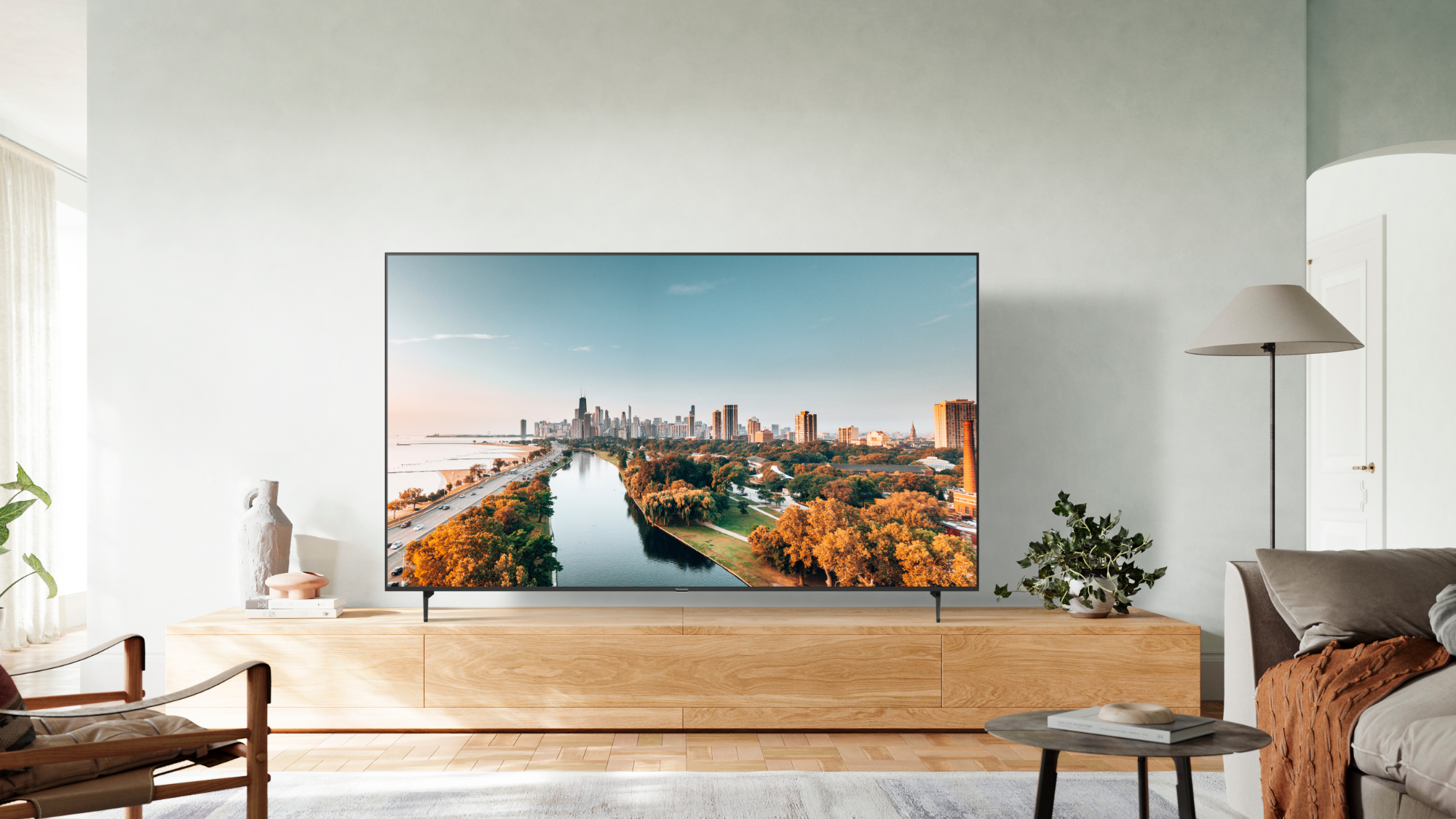Panasonic’s 2025 TVs are getting one of the neatest new features — LG and Samsung should copy it

Panasonic is a true innovator for displays and it's once more thinking outside of the box for its 2025 TV lineup. Last year, it brought some incredible enhancements to TV audio, and this year, it's re-thinking how your TV will talk to your PC.
With some help of CEC (Consumer Electronics Control), the Panasonic Z95B OLED will turn on when your laptop turns on, or turn off automatically once you shut it down. That's not typically the case for most monitors, which will simply just turn off after a long period of time when there's no signal available to the display port connection.
And while you could get some CEC-like functionality for PCs used with a TV before now, it was complicated to set up. But Panasonic has figured out a bi-directional solution using regular cables.
A new era of CEC for PCs

Probably without knowing it, CEC is a feature that you use several times a day. Whenever you turn on a gaming console and it also turns on your TV, or even control volume levels with a streaming stick — that's the magic of CEC.
Before now, a unified control scheme often required special CEC dongles or even finnicky GitHub procedures to make it all work smoothly.
But its applications to PCs have been limited. Before now, a unified control scheme often required special CEC dongles or even finnicky GitHub procedures to make it all work smoothly. Suffice it to say, these are major deal breakers for most users.
While using a PC with a TV might be niche, Panasonic's new CEC solution makes controlling the two even easier and streamlines that connective tissue between both devices.

If you're someone who hasn't thought about using a TV as a monitor, you're missing out. TVs have started to take up even loftier refresh rates in an effort to boost their appeal. LG and Samsung are fighting for dominance among the best gaming TVs with the LG G5 OLED and Samsung S95F OLED, which both come equipped with a 165Hz refresh rate — a rare first for TVs.
Get instant access to breaking news, the hottest reviews, great deals and helpful tips.
Hisense has also added 165Hz to its entire 2025 TV lineup, minus its cheapest U6QG Mini-LED TV. What's even more interesting is that Hisense kitted its U8QG and U9QG models with a USB-C input for charging and video passthrough, proving just how committed Panasonic is to making the PC experience better on its TVs.
Some makers are even playing with dynamic refresh rates in different resolutions. Samsung's QN990F 8K TV is a first adopter, letting you game at 4K resolution up to 240Hz with its Motion Xcelerator feature. Of course, you'll need a pretty powerful PC for this, but at least TCL's got you covered with similar technology at lower refresh rates.
Using a PC as a console replacement
PC gaming is inarguably the most popular use case for connecting a PC to a TV, and one of the main reasons why I replaced my PC monitor with an LG C4 OLED last year. One of the biggest complaints I had was the very same power delivery concerns that Panasonic is aiming to fix on its new sets.
If it works as intended, this improved CEC functionality could give Panasonic TVs an edge against the competition when used alongside a variety of different devices, including laptops, tower PCs, and Mini PCs. I personally use my Mini PC with a TV all the time, as it allows me to write, watch movies and shows, edit videos, and (the best part) play video games from the comfort of my couch.
Once Panasonic's 2025 models hit shelves, I won't have to fumble for the remote when they're booting their PC up or shutting the TV off when they're done. It's all baked into the experience and totally streamlined.
Samsung and LG, if you're reading this, I hope next year's models will all have something similar baked into them.
More from Tom's Guide
- I just tested the Hisense U8QG Mini-LED TV and it’s a brightness star
- This is the one setting on your HDR TV most people don't know about — here's how to tweak it
- I’ve set up hundreds of TVs in my career — here are 6 mistakes people make when setting up a new TV

Ryan Epps is a Staff Writer under the TV/AV section at Tom's Guide focusing on TVs and projectors. When not researching PHOLEDs and writing about the next major innovation in the projector space, he's consuming random anime from the 90's, playing Dark Souls 3 again, or reading yet another Haruki Murakami novel.
You must confirm your public display name before commenting
Please logout and then login again, you will then be prompted to enter your display name.
